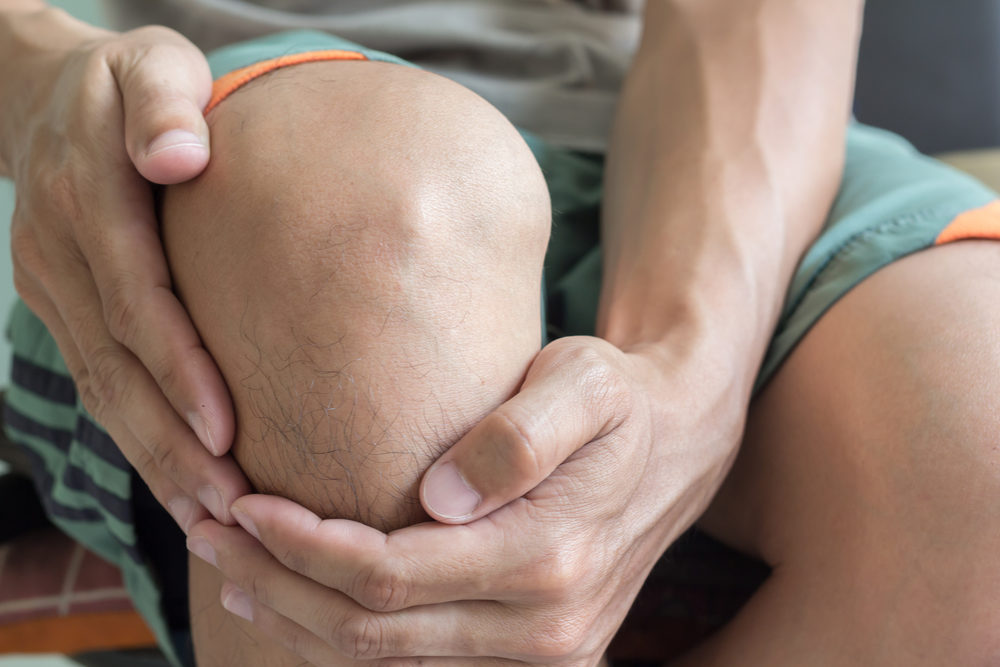Physical Therapy Better At Preventing Osteoarthritis Knee Pain Than Steroid Injections: Study

Patients suffering from knee arthritis may experience improvement and less pain with physical therapy than patients who receive steroid injections, according to the findings of new research.
In a study published this month in the New England Journal of Medicine, researchers with the Brooke Army Medical Center in Texas indicate that knee arthritis patients who had physical therapy were able to function better in their daily lives. However, those who had steroid injections often ended up needing knee surgery.
Researchers conducted a randomized clinical trial involving 156 patients with osteoarthritis in the knee, focusing on the short-term and long-term effectiveness and physical function for both glucocorticoid steroid injections and physical therapy among patients in the U.S. Military Health System.

Did You Know?
Millions of Philips CPAP Machines Recalled
Philips DreamStation, CPAP and BiPAP machines sold in recent years may pose a risk of cancer, lung damage and other injuries.
Learn MorePatients with osteoarthritis in one or both knees were randomly assigned to either undergo physical therapy or receive steroid injections. The average age of each patient was 56.
At the start of the study, pain scores for the steroid group were 108. Pain scores for the physical therapy group were 107.
After one year of either steroid injections or physical therapy, pain scores dropped in both groups, but the physical therapy group saw the greatest improvement. Patients in the steroid group had pain scores of 55 and patients in the physical therapy group had pain scores of 37. There was a difference of 18.8 points pain score between the two groups.
The data indicates patients who underwent physical therapy experienced less pain and less disability, but there were no advantages to taking steroids compared to physical therapy.
Instead, researchers determined patients who received steroid injections suffered more side effects. However, those side effects were not severe. For example, one steroid patient fainted.
Patients who eventually required knee surgery belonged to the steroid injection group, not the physical therapy group.
The physical therapy consisted of reinforcing exercise, including ongoing guidance to help patients find appropriate types and amounts of physical activity. This helped patients to perform daily activities and home exercises with less pain.
Researchers noted that the difference in results was apparent as soon as the first round of treatment.
Most patients who got a steroid injection had to go home and rest for 72 hours and ice their knees or take pain medications. Patients who left physical therapy felt good and had less pain and stiffness. They performed better on functional tests than other patients.
Steroid injections carry a greater risk to patients, including accelerated aging of the joints, greater cartilage loss, possible infection, and potentially increasing the risk of bone fractures.
On average, 10% of patients with knee arthritis are offered physical therapy before doctors recommend total knee replacement surgery. Comparatively, about 50% of patients with knee arthritis receive a steroid injection, according to the researchers.
Researchers emphasize the findings of the new study could change doctor recommendations.
Get more articles like this sent directly to your inbox.
"*" indicates required fields





0 Comments